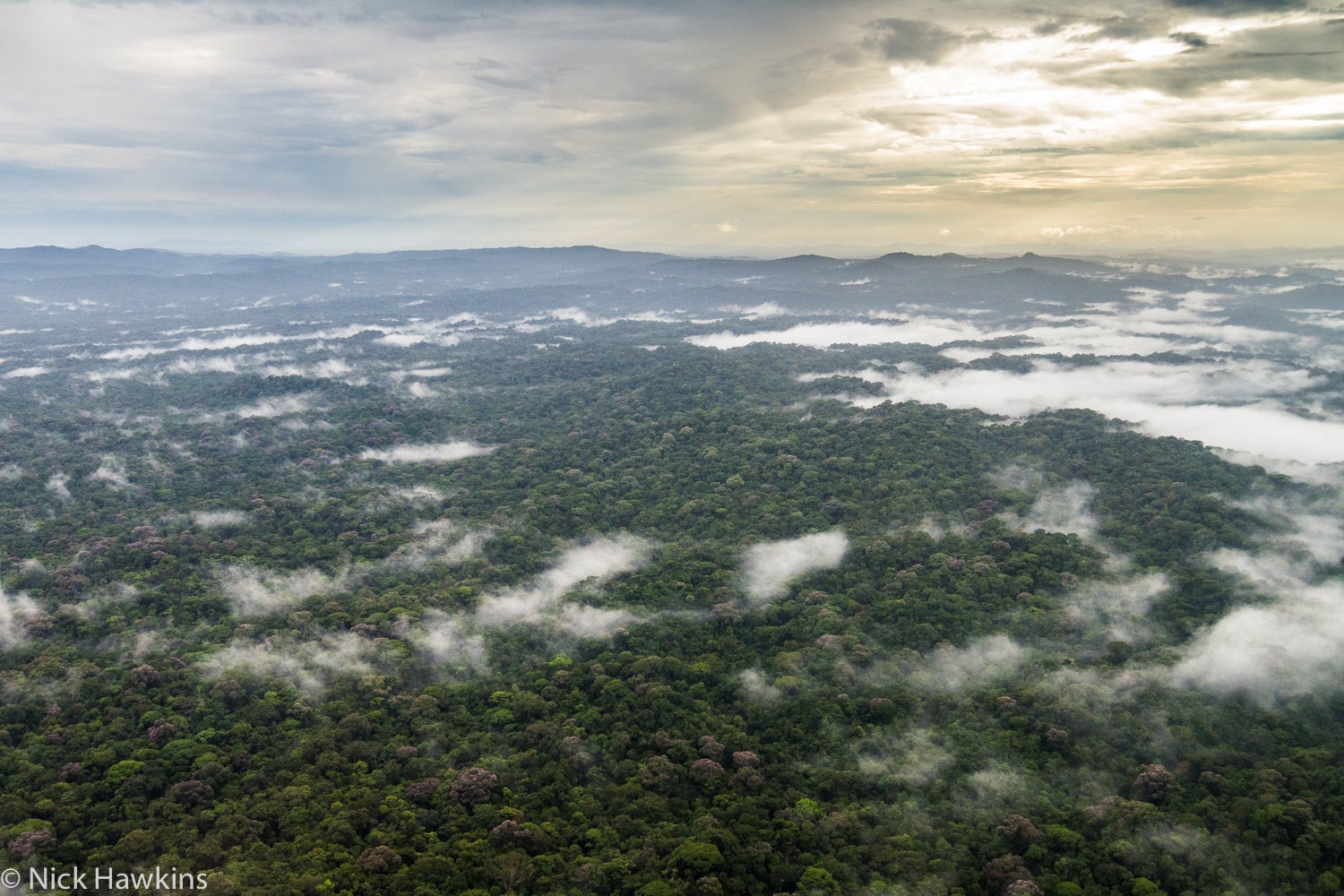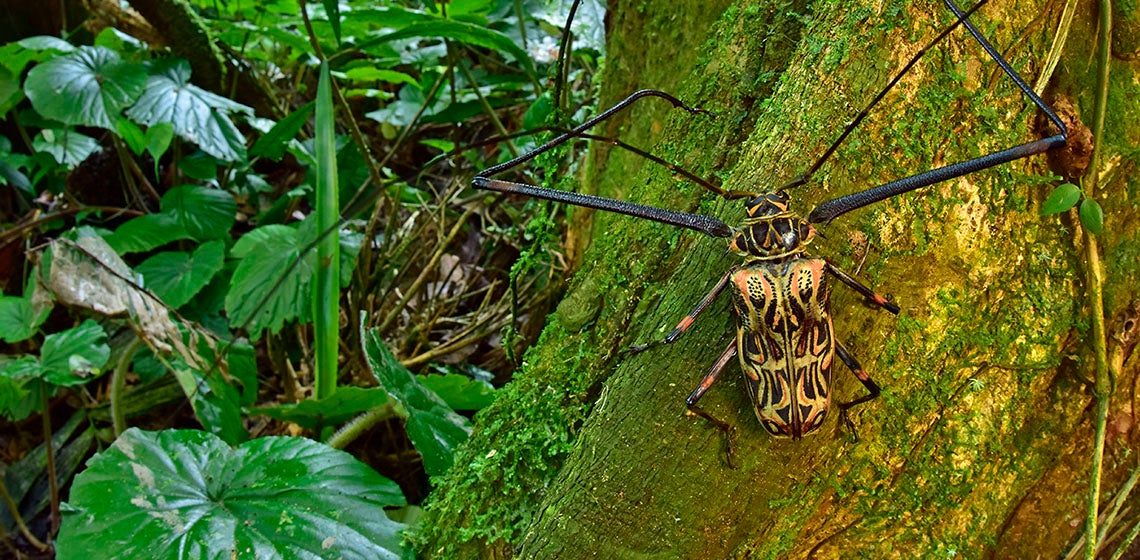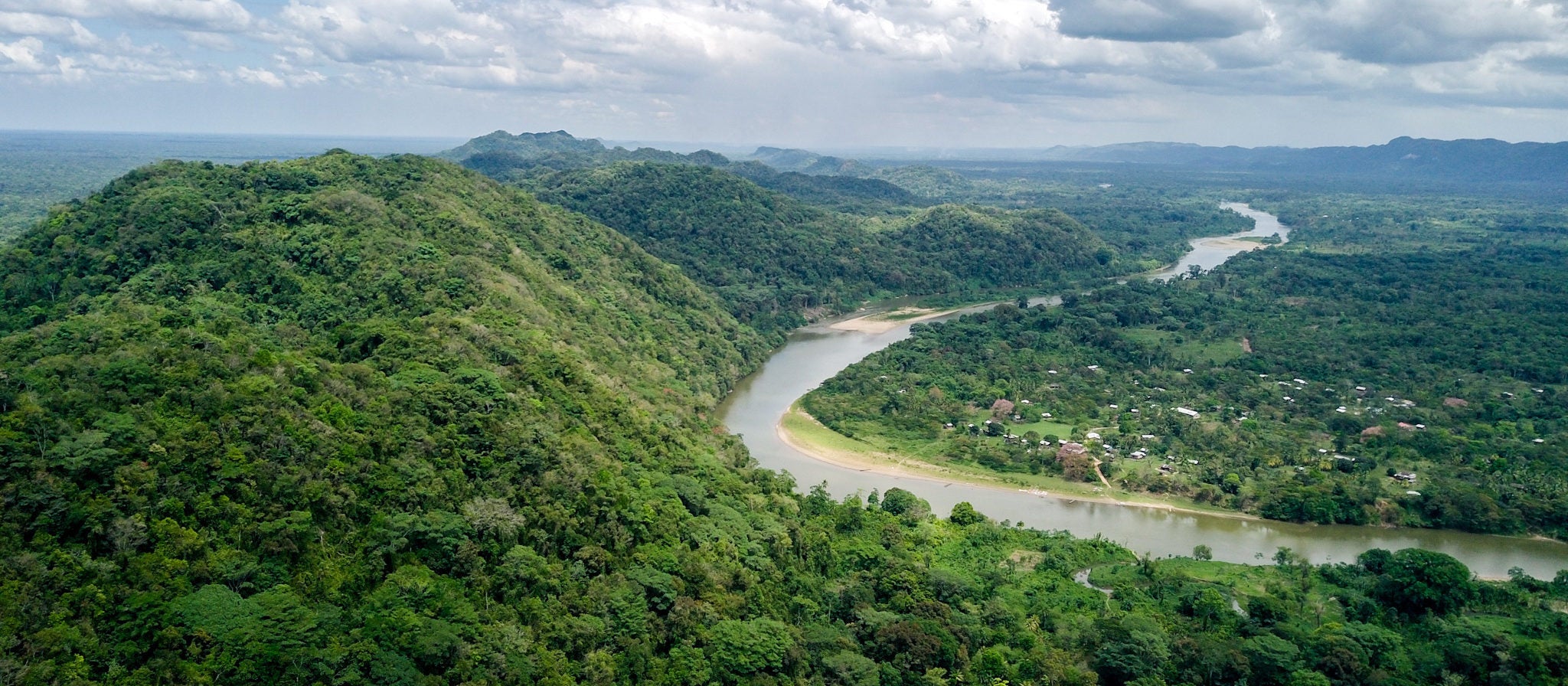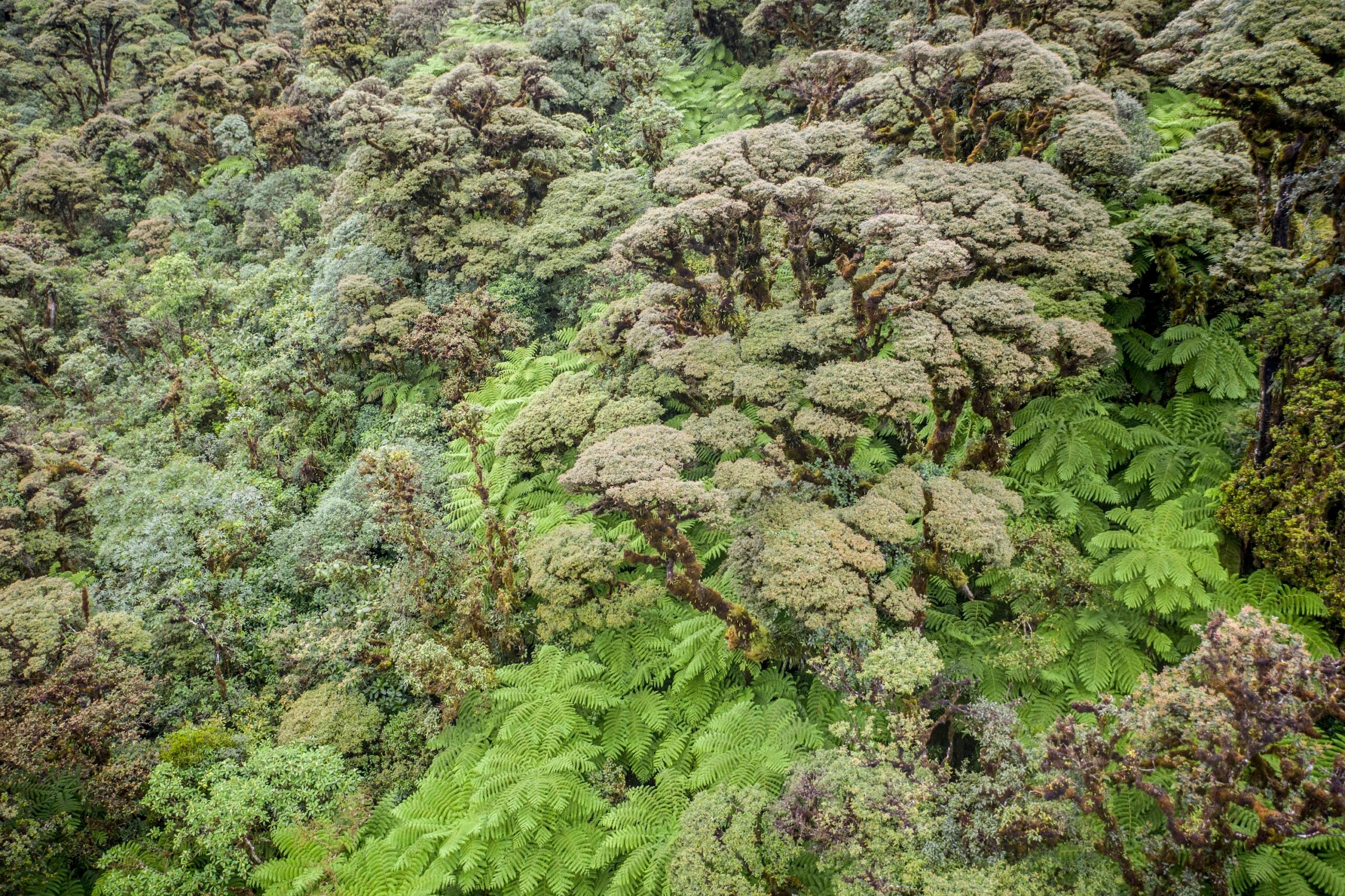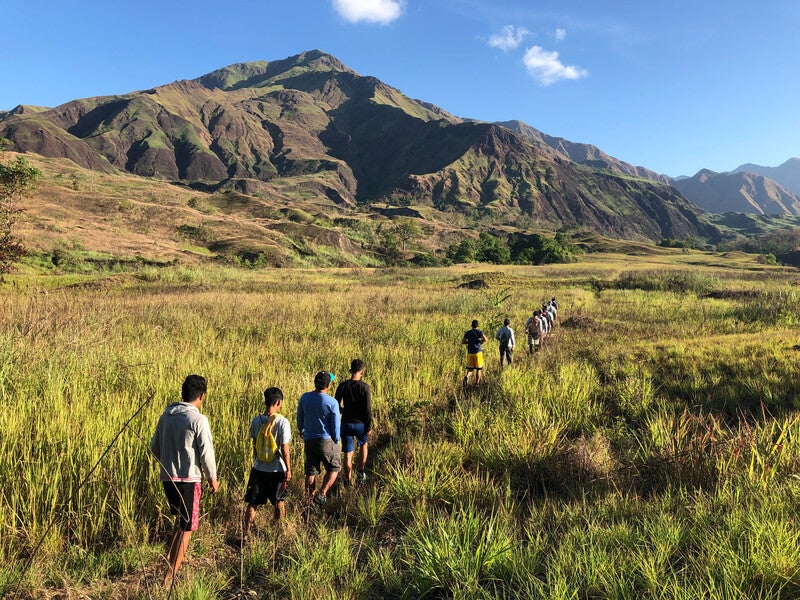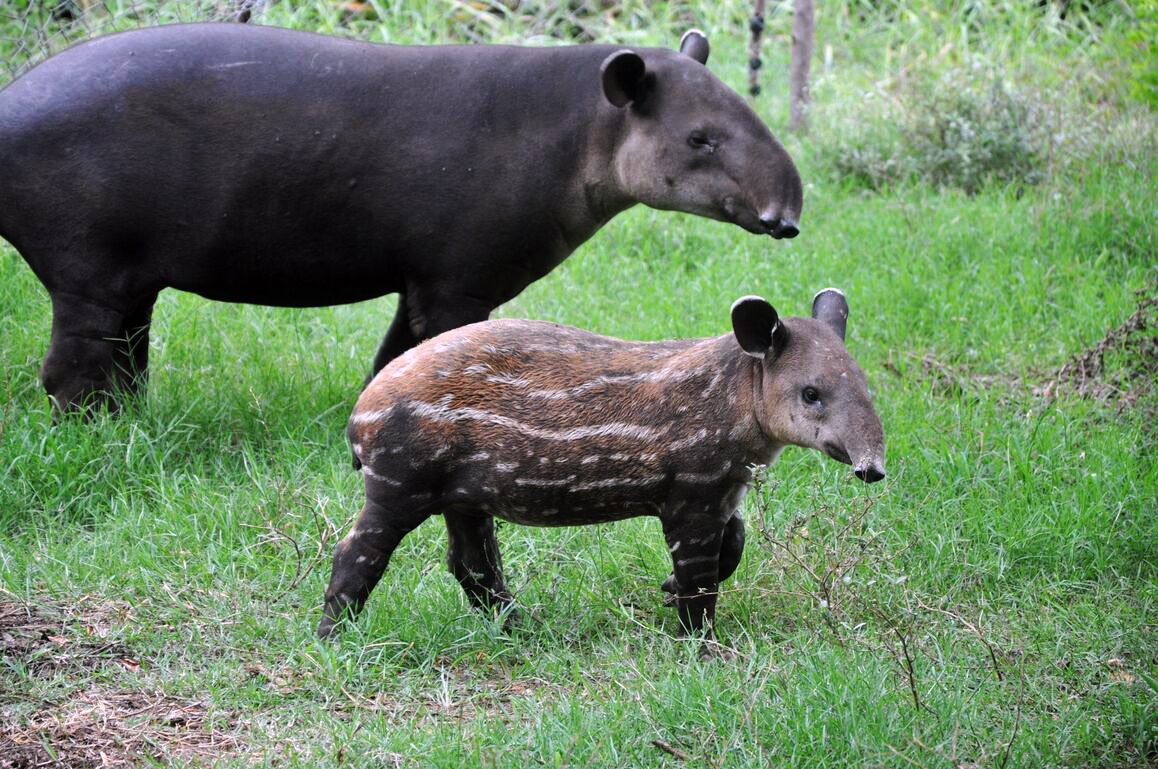Indio Maíz-Tortuguero
Empowering local guardians to conserve jaguars, tapirs, and one of Central America’s most vital forests.
DonateProtecting a paradise of biodiversity in Nicaragua
The Indio Maíz Biological Reserve, a protected area of more than 770 square miles of lowland tropical forest and swamps, provides critical habitat for rare and threatened species including Baird’s Tapirs, Jaguars, Great Green Macaws, and wild almond trees. This area is one of the last bastions of biodiversity in Nicaragua, and one of the largest lowland tropical forests left in Central America.
It is also a Key Biodiversity Area—a site of global importance for the persistence of biodiversity. Indio Maíz, combined with Tortuguero across the border in Costa Rica, comprises one of the Five Great Forests of Mesoamerica that Re:wild is helping to protect.
The Indigenous Rama community of Indian River, and the Kriol communities of Greytown and Corn River have largely subsistence economies that depend on small-scale mixed crop agriculture, hunting and fishing. They care deeply about the integrity of Indio Maíz, and so do we. The Rama and Kriol people share a communal title to more than 80% of the Indio Maiz Biological Reserve. Re:wild is working alongside them, and their conservation partners, to protect this incredibly beautiful, irreplaceable forest. These forests face threats of increasing illegal encroachment and destruction of the reserve by cattle ranchers and land-traffickers, who clear the land illegally and then sell it to third parties under false titles.
We are working to ensure the survival of the Indio Maíz Biosphere Reserve, reinforce the autonomy of its Indigenous Rama and Afro-descendant owners, and conserve two of its most emblematic species— Jaguars and Baird’s Tapirs.
Indio Maíz was severely damaged by Hurricane Otto in 2016. Ongoing illegal cattle ranching has contributed to devastating rates of forest loss since 2014. The environmental destruction has already increased the vulnerability and food insecurity of Indio Maíz’s Indigenous communities.
A visual action plan
Most of the world’s major protected areas are managed by government staff, but Indio Maíz is very different. Conservation has been led and implemented from the grassroots: by local people, their leaders and representatives, community rangers, women organizing themselves to develop new nature-based livelihoods and micro-entrepreneurs offering services to the growing number of visitors.
Indio Maíz is leading a new movement of Indigenous and Community Conserved Territories and Areas. Conservation works best when local people are empowered and supported to lead it. Re:wild has assisted Indigenous Rama and afro-descendant Kriol leaders in creating a participatory planning process for the development of an autonomous management plan for Indio Maíz Biological Reserve.
Nearly 80% of the community participated in a series of Re:wild-facilitated workshops to discuss their values and visions for Indio Maíz, as well as the threats to the area. They covered biodiversity protection, tourism, resource use, awareness building and governance, as well as how to best balance protection while meeting community resource needs.
We took a novel approach in creating a protected area plan that is entirely visual, transcending language barriers and making it accessible to anyone. The action plan outlines the Rama and Kriol vision for the protection and sustainable use of their ancestral lands within Indio Maíz. It is an incredibly useful tool for the Rama and Kriol communities of Indio Maíz in negotiations with government, climate projects, NGOs, potential donors and more.
Re:wild continues to work with a team of 13 Indigenous and Afro-descendant rangers that we have trained and supported since 2015 in conjunction with Panthera, local leaders, and Indigenous lawyers to implement this new protected area plan and save the ancestral lands of the Rama and Kriol from destruction.
Top photo: Aerial view of the Indio-Maíz Biological Reserve of Nicaragua (Photo by Nick Hawkins).
